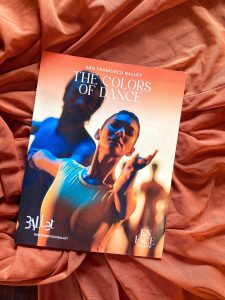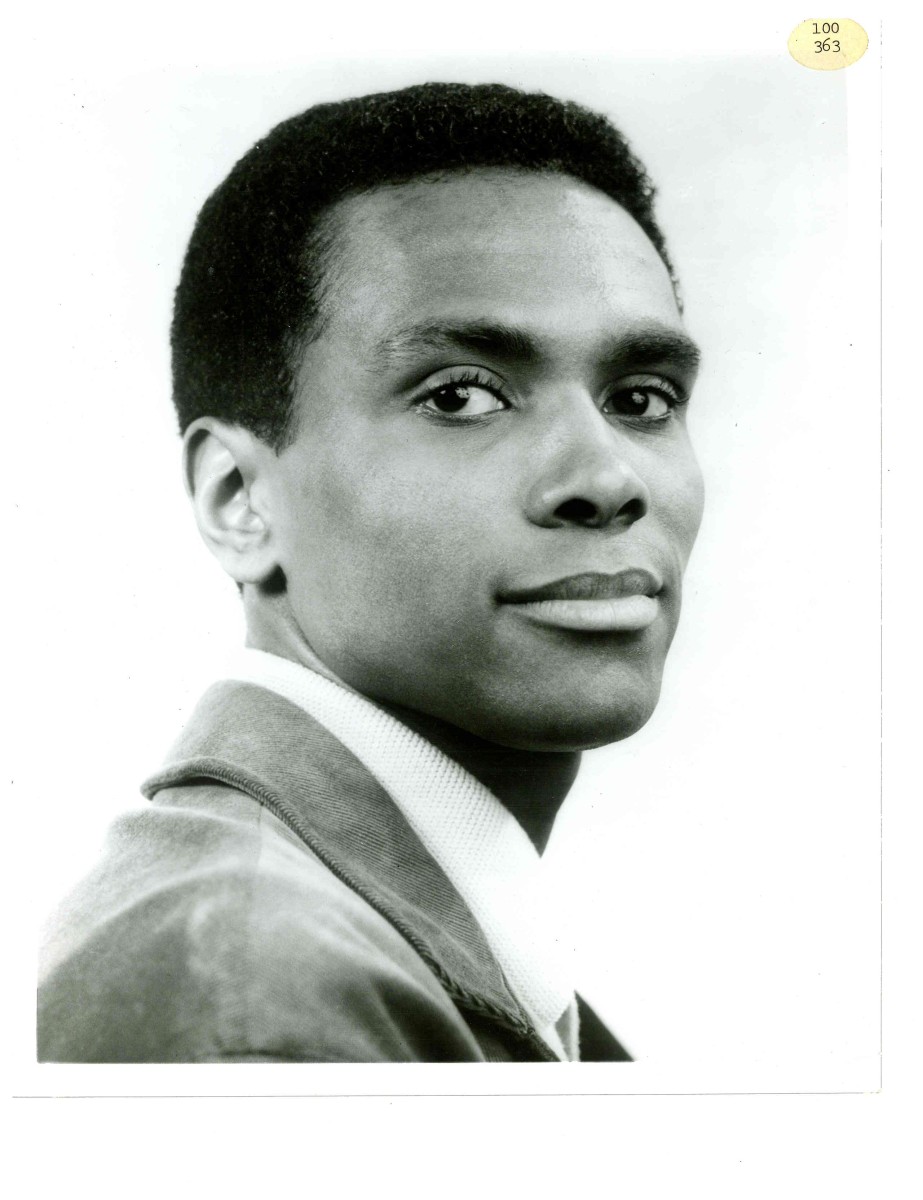
Arthur Mitchell, Photographer Unknown, Date Unknown
By Zita Allen
Excerpted Article
Courtesy of Dance Theatre of Harlem
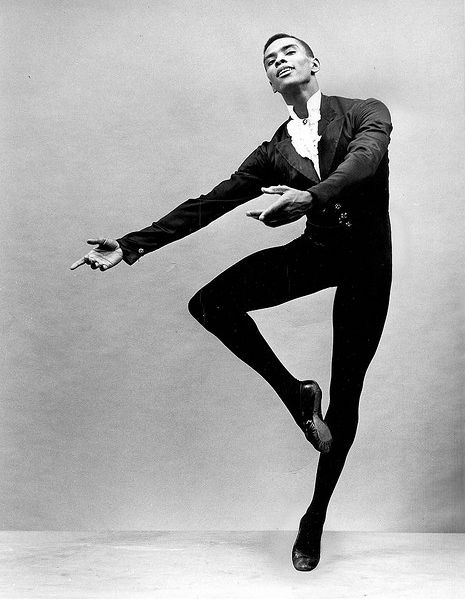
Arthur Mitchell, Photographer Martha Swope
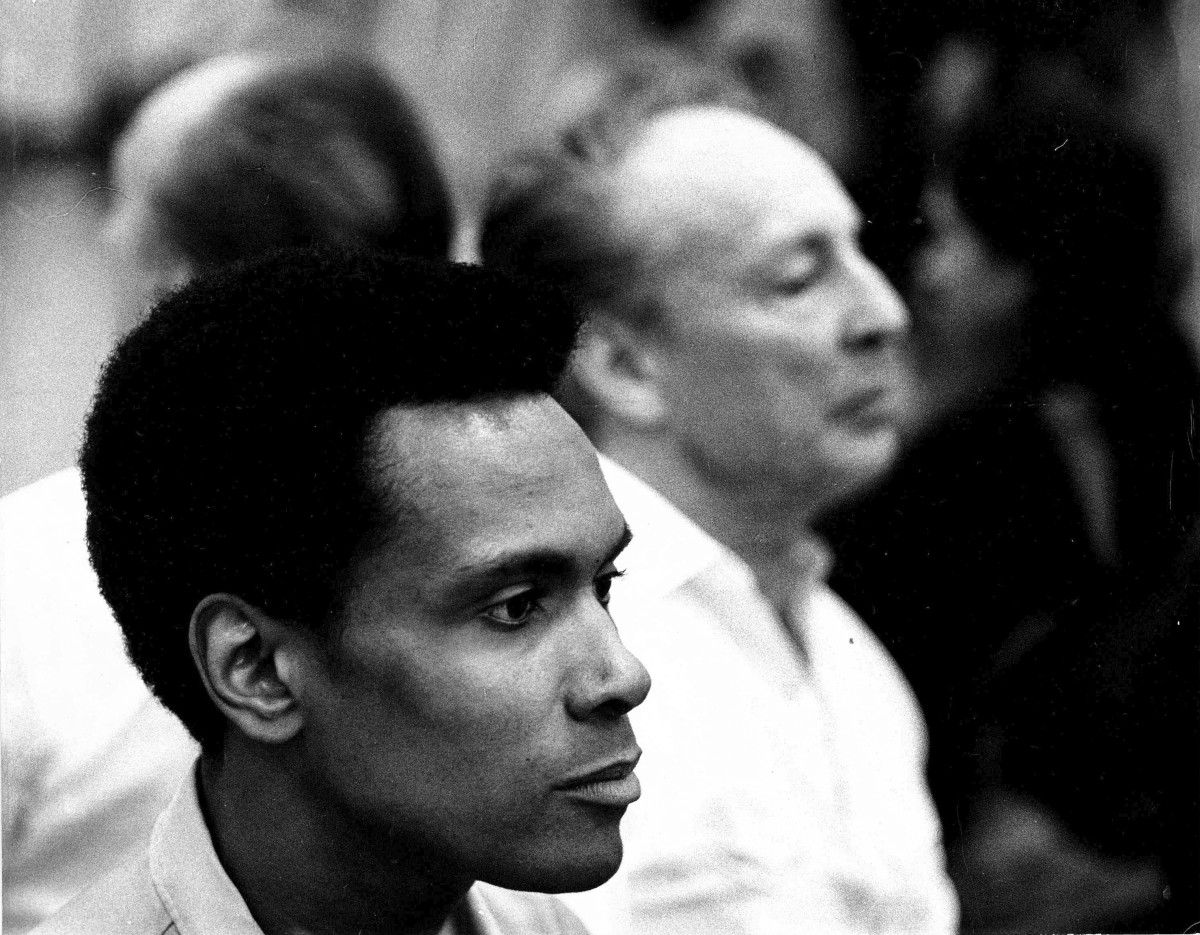
Arthur Mitchell, George Balanchine, Photographer Martha Swope, Concert for Jazz Band and Orchestra
By May 6, 1971, three years after the 1968 Dance Magazine interview, the New York City Ballet’s Eighth Annual Spring Gala at the New York State Theater in Lincoln Center said more about Mitchell’s ground- breaking enterprise than a review or feature article ever could. The highlight of the performance was “Concerto for Jazz Band and Orchestra,” choreographed by NYCB’s founder and artistic director George Balanchine and Mitchell.
Balanchine later wrote, “It was a wonderful thing for me to collaborate on the choreography with Arthur Mitchell, who had become, in the New York City Ballet, the first black dancer in any major ballet company . . . The Dance Theatre of Harlem, and its associated school . . . [are] one of the great breakthroughs in the arts in America.”
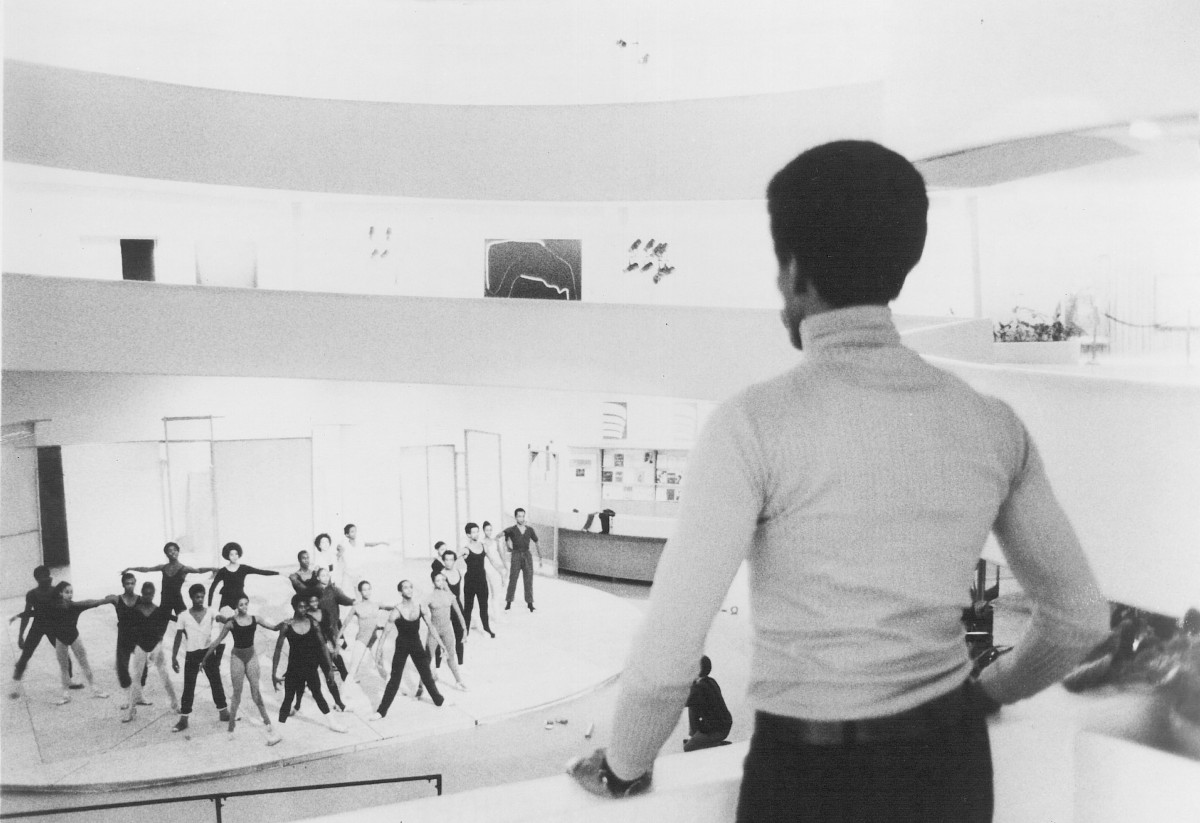
Guggenheim V Mr. Mitchell Arthur Mitchell Foreground, photographer Martha Swope
DTH was not the first ballet company created as a platform for ballet-trained Black dancers in an art from which they had been systematically excluded. As Mitchell told Dance Magazine, “There were always black classical dancers in America—they just never got on stage!” Later, in a 1974 interview with London Times critic John Percival, he said, “We don’t want people to think of us as a black ballet company. Of course, we are black, and because we are the first, that is the point of interest that gets people into the theatre. But after watching, even just for three minutes, I hope you forget that. What matters is not the color of the skin, but whether a dancer is a good dancer or not.”
As Karel Shook wrote, it goes without saying that Arthur Mitchell’s Dance Theatre of Harlem added, “a new dimension to the world of theatrical dance” as much as it has served as a “testament to the expansive richness of the art and the tenacity of artists who happen to be black.” In addition, what so many writers referred to in the beginning as the miracle of Dance Theatre of Harlem has been both about the transcendent power of tenacity and the transformative power of art and culture in the struggle for social, economic, and artistic self-determination and justice.
Read the complete essay here.

This excerpted article was written by Zita Allen, provided courtesy of Dance Theatre of Harlem, and is featured in the Dance Theatre of Harlem 2024 New York Season Magazine.
Zita Allen, dance writer for the New York Amsterdam News, was the first African American critic for Dance Magazine, founding contributor to ’70s Black dance publication The Feet, and has written for Ballet Review, Village Voice, SoHo Weekly News, New York Times, and Essence. She authored Alvin Ailey American Dance Theater, 25 Years, the Kennedy Center’s Masters of African American Choreography, the American Dance Festival/PBS Free to Dance documentary’s companion website, Black Women Leaders of the Civil Rights Movement (Scholastic), contributed to the Encyclopedia of African- American Culture and History (Macmillan), Smithsonian’s Ain’t Nothing Like the Real Thing: How the Apollo Theatre Shaped American Entertainment (Random House), and “Arthur Mitchell’s Dance Theatre of Harlem: The Early Years”
for Columbia University Library’s Arthur Mitchell: Harlem Ballet’s Trailblazer. She holds an M.A. from NYU in Dance History, taught “The Black Tradition in American Dance” for the Ailey/ Fordham BFA program, guest lectured at Juilliard, and Temple University where she is pursuing a Ph.D.in Dance Studies under a University Fellowship.

Follow Us
Subscribe For Updates & Giveaways!
Stay up to date with exciting original content, upcoming performances, and giveaways unique to your community and beyond!

